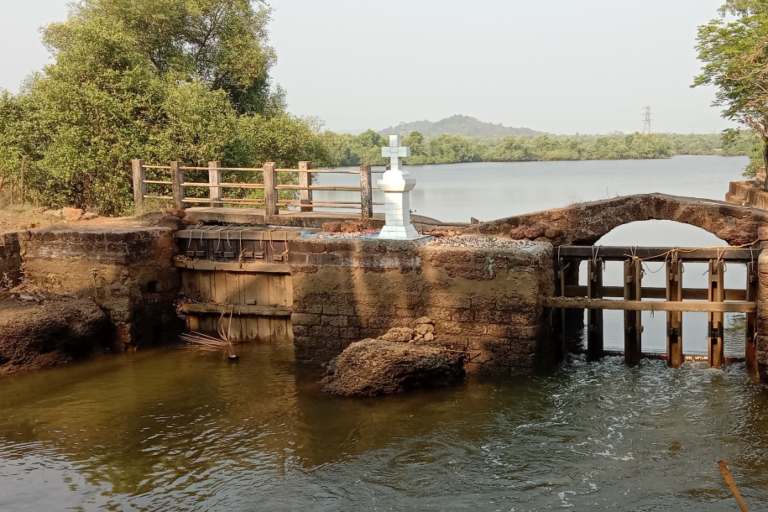By Neena Bhandari
It was a meek October morning in 1967, only a month away from my third birthday, I had worn my frilled frock and white laced shoes to go and receive the triple polio vaccine. As I sang and danced along the way, making it difficult for my maternal grandfather to keep pace, little did I know that it was the last time I would be walking by myself.
Later that night, I remember my grandmother cuddling my tiny body burning with high fever as I complained of acute pain in my legs. She had carried me to the bathroom, where my legs collapsed.
In the days that followed, many more children like me began pouring into the Sawai Man Singh (SMS) hospital in Jaipur (Rajasthan). It was two weeks before the outbreak was diagnosed as `Poliomyelitis’. The word didn’t mean much to me then and I certainly didn’t realise the implications it would have for a life just beginning.
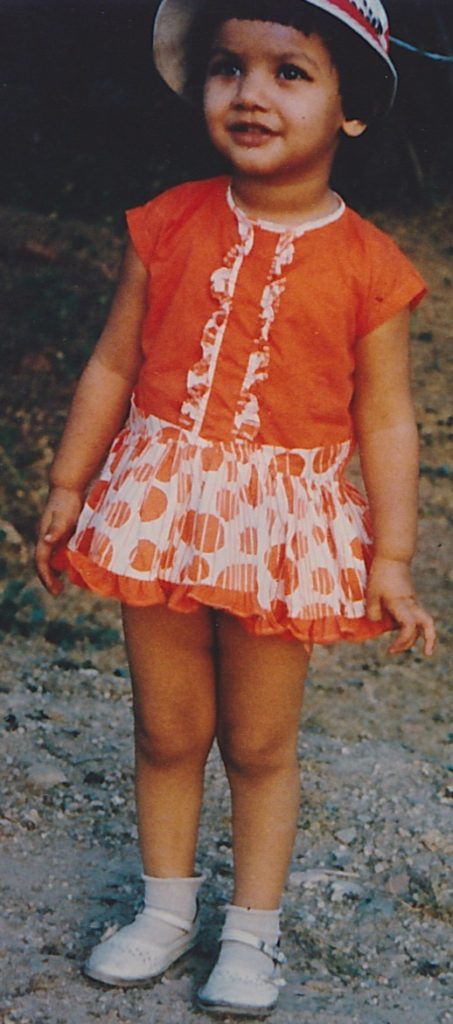 The 1960s was a period when the mass epidemics of polio that had gripped mostly the industrialised countries for over 30 years were finally being brought under control with the introduction of effective vaccines. In India, Dr Albert Sabin’s Oral Polio Vaccine (OPV – a live attenuated polio virus) was imported from the erstwhile Soviet Union.
The 1960s was a period when the mass epidemics of polio that had gripped mostly the industrialised countries for over 30 years were finally being brought under control with the introduction of effective vaccines. In India, Dr Albert Sabin’s Oral Polio Vaccine (OPV – a live attenuated polio virus) was imported from the erstwhile Soviet Union.
It seems there was a snag: the cold chain, critical for maintaining the potency of OPV in transport, was very poor. Some claimed the vaccine administered to us had already expired. Others said it had been left exposed to the sun at the airport; but this argument was dismissed on the grounds that the vaccine loses its potency when exposed to heat – neither harming nor doing any good.
In India, awareness about polio in the late 1960s was so low that no action was taken and this life-shattering illness was allowed to fade into oblivion. The Indian health authorities classified it as a polio epidemic, which had infected the children involved before the vaccine was administered.
While children of my age played, I spent my days at the hospital doing physiotherapy and hydrotherapy. My doctors became my playmates and the kittens born in the ward’s huge ventilators were a pleasant distraction from the painful exercises.
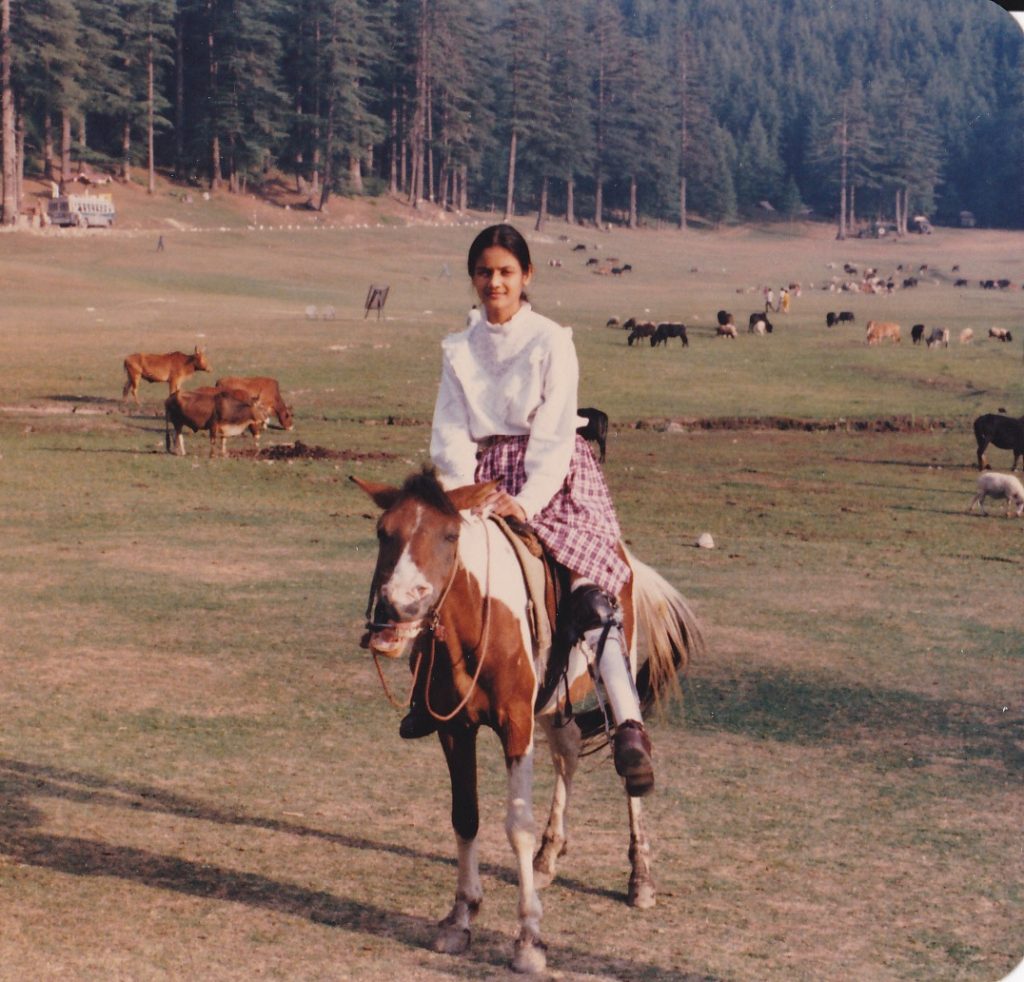 After a year of confinement, I started school and that’s when the harsh reality dawned: I couldn’t run or go on the swing like other children, who constantly called me names and teased. Throughout my growing up years, wearing the long, rigid steel calipers and heavy boots – one bigger than the other to compensate the shortening in one leg – I was unable to use the Indian toilets. Western style toilets were few. I tried to control the bladder for hours at school, in trains and at public places.
After a year of confinement, I started school and that’s when the harsh reality dawned: I couldn’t run or go on the swing like other children, who constantly called me names and teased. Throughout my growing up years, wearing the long, rigid steel calipers and heavy boots – one bigger than the other to compensate the shortening in one leg – I was unable to use the Indian toilets. Western style toilets were few. I tried to control the bladder for hours at school, in trains and at public places.
The straight leg in the caliper made going to a film, sitting on a scooter, traveling on a bus, a nightmare. It made things really difficult for my family, especially my maternal grandmother with whom I spent most of my childhood. She tried every possible cure from daily physiotherapy to faith healers and rubbing the stinking fresh sheep’s milk.
As the 19th century British Prime Minister Benjamin Disraeli once said, “There is no education like adversity”, I adapted to the situation, learning to skip for long distances on the good leg, playing basketball, marching with the school band playing the flute and spent the time indoors reading, writing and learning the various arts and music.
Unlike the thousands of other polio-affected children in India, I was fortunate to have a family that supported my desire to be independent. I went to a boarding school and coped well with friends and nuns always ready to help with stairs and long queues for washing and bathing.
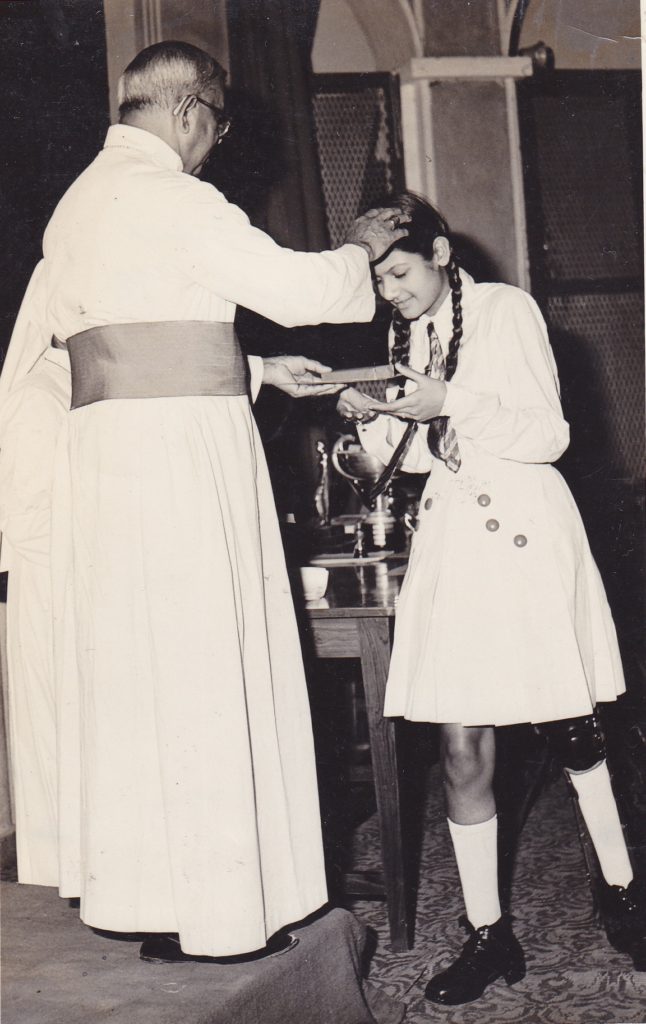 During college, I realised how important it was to be financially independent. So straight after graduation, I joined The Times of India as a trainee journalist and soon discovered how physically demanding the profession was.
During college, I realised how important it was to be financially independent. So straight after graduation, I joined The Times of India as a trainee journalist and soon discovered how physically demanding the profession was.
It was not until 1998 when we moved to the UK that I became aware of the many polio support groups like the British Polio Fellowship in London. It was a whole new world, which provided a platform to discuss the many anxieties and medical interventions that become necessary as one grows old with polio.
My greatest joy was to be able to walk and do what I wanted without stares and glares from the people around. It was a relief to find disabled-friendly buses and the Underground, which offered concession tickets. Even the famous black London cabs had special disabled fares. It made public places, libraries and superstores accessible.
On days when I would slip on the black ice, there was always help available. And I was no longer restricted to a bench in the park as there was an electrically-operated buggy to take the old and disabled around in Hyde Park.
Two years later, when I presented a paper at the Post-Polio Health International’s Eighth International Post-Polio & Independent Living conference at St Louis, Missouri, I spoke on the role played by family and community in shaping the lives of polio patients to an audience that, in sharp contrast, had led a very individualistic and independent high-tech lifestyle.
Assessing my muscles and activity chart, Dr Jacquelin Perry, one of the first women orthopaedic surgeons in the US had said, “Slow down or you will be on a wheelchair in 10 years time”. I found her words rather harsh then, but a decade later, I can see the truth in what she had said as my muscles weaken and pain increases.
A month before the 2000 Sydney Olympics, chance brought us to Australia, a country where sport is a religion. People’s reactions to my disability here have both shocked and surprised me. Questions like “If I could pass my infection to others” have been often asked despite nearly 44,000 post polio survivors living in this country.
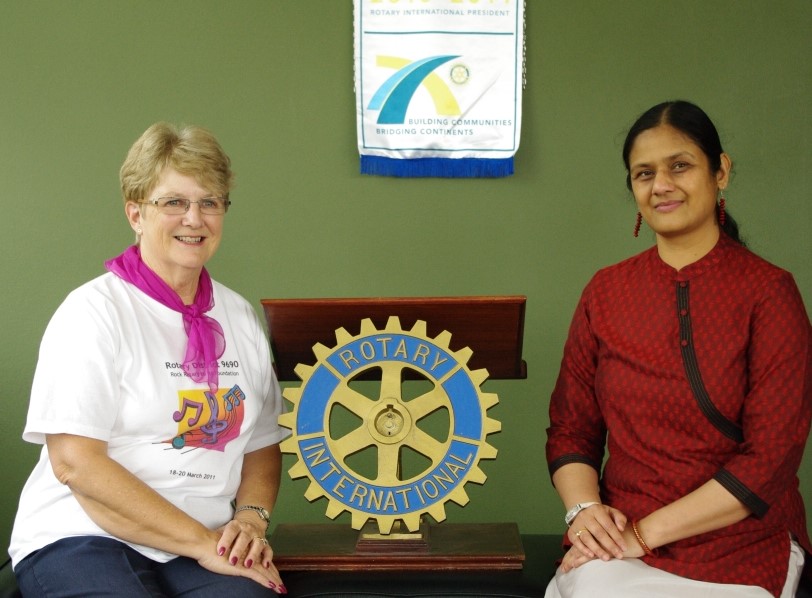 Societies in the west are grappling with ageing polio patients and young doctors who have not dealt with a single fresh polio case. Most doctors are not trained to recognise Post Polio Syndrome (PPS) or late effects of polio and are reluctant to treat it as a new condition. and Australia is no exception.
Societies in the west are grappling with ageing polio patients and young doctors who have not dealt with a single fresh polio case. Most doctors are not trained to recognise Post Polio Syndrome (PPS) or late effects of polio and are reluctant to treat it as a new condition. and Australia is no exception.
While polio survivors initially recovered and made the most of life with disability, today many of us are battling with profound fatigue, increasing muscle weakness, joint and muscle pain, increased sensitivity to cold temperatures and sleeping, breathing or swallowing difficulties linked to PPS.
The main advocates for increased medical and government attention to PPS have been the grassroots groups of polio survivors like Polio Australia. However, it is very difficult to find a doctor, a physiotherapist and an orthotist at the same place who would understand your case.
A cure for polio is still a cherished dream. However, there is prevention, lighter and more effective calipers or braces, provision of electric scooters and power operated chairs, alternative medicine systems, legal benefits, new legislations, disabled friendly public places and a stronger than ever worldwide campaign to globally eradicate polio. Governments across the world need to invest in medical and health care for ageing polio patients.
 © Copyright Neena Bhandari. All rights reserved. Republication, copying or using information or photographs from neenabhandari.com content is expressly prohibited without the permission of the writer and the media outlet syndicating or publishing the article.
© Copyright Neena Bhandari. All rights reserved. Republication, copying or using information or photographs from neenabhandari.com content is expressly prohibited without the permission of the writer and the media outlet syndicating or publishing the article.

